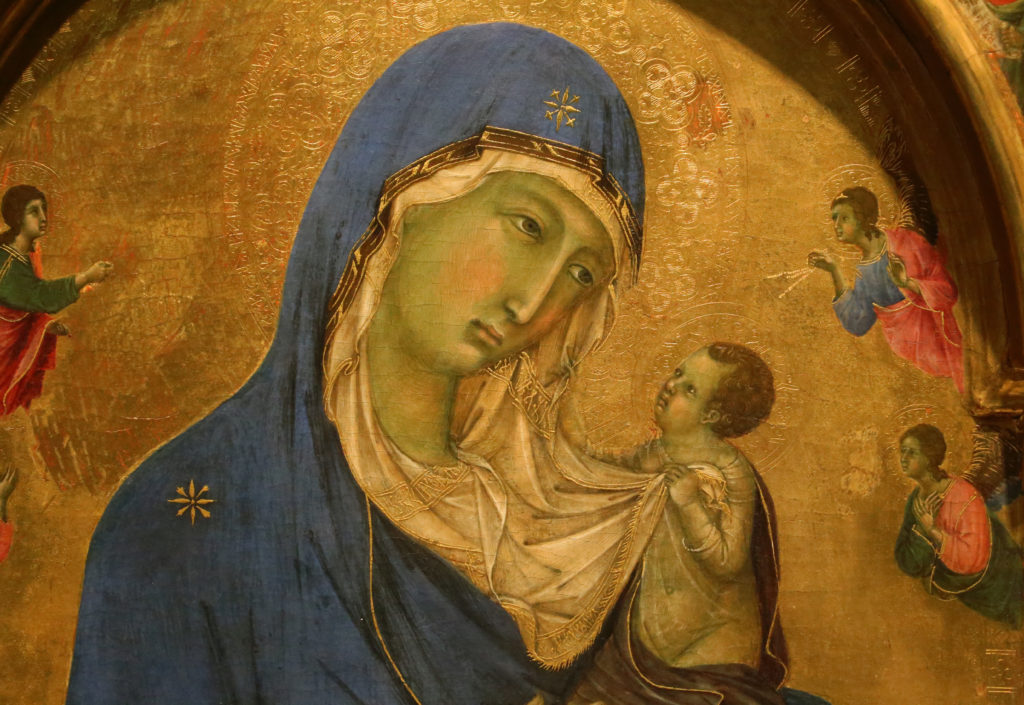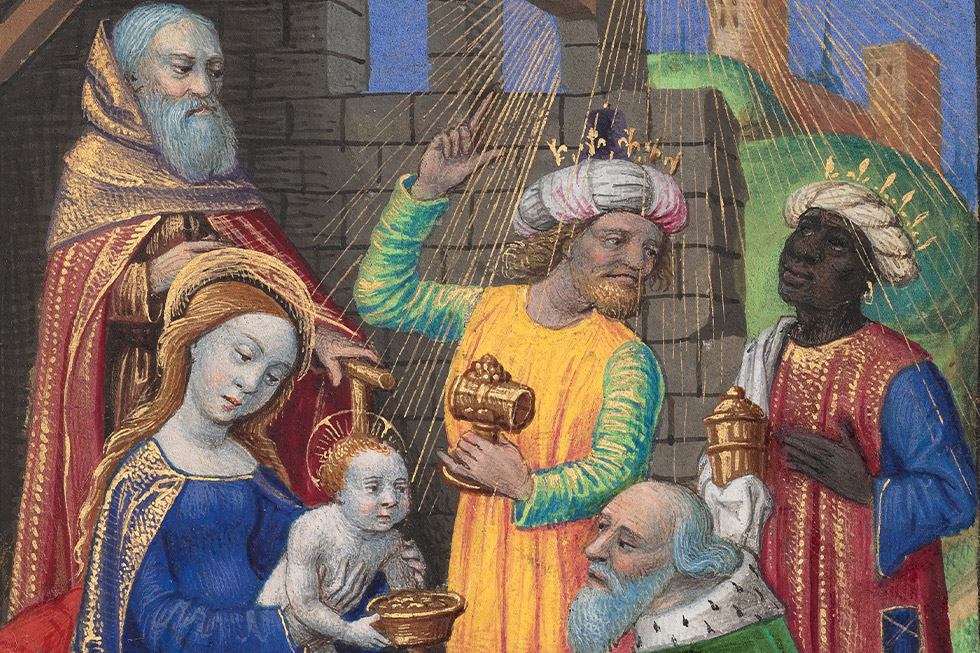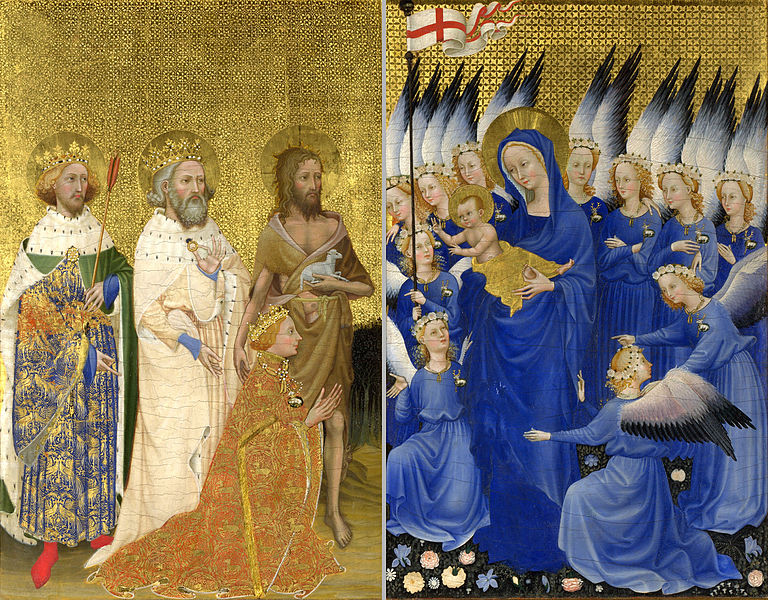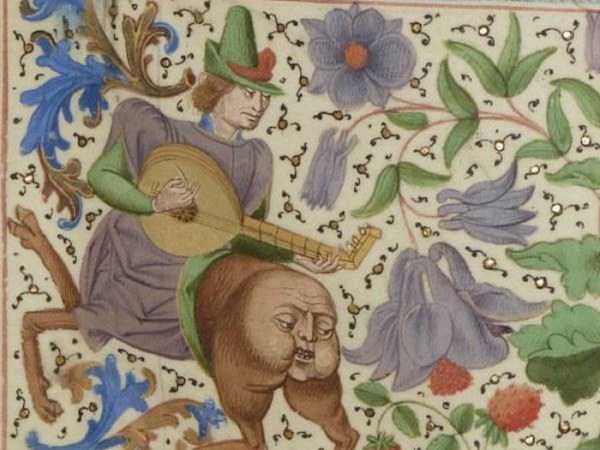

Paintings also became more lifelike, and with the rise of cities, foundation of universities, increase in trade, and creation of a new class who could afford to commission works, artists started to explore more secular themes and non-religious subject matter. Figures depicted in Gothic sculpture became more realistic and closely related to medieval cathedrals. Similarly, Gothic sculpture borrowed motifs from the architecture of the period since it was primarily used to decorate exteriors of cathedrals and other religious buildings. Gothic architecture offered revolutionary structural advancements such as ribbed vaults, flying buttresses, and decorative pinnacles all contributing to taller, lighter building designs. Late medieval art includes Gothic art, which originated in the 12th century with the rebuilding of the Abbey Church in Saint-Denis, France.

Paintings in particular were flat with little to no shadows or hint of three-dimensionality, and the subjects were typically more serious and somber. Byzantine art was conservative in nature, primarily featuring religious subject matter, and much of it was characterized by a lack of realism. It included a variety of media including glass mosaic, wall painting, metalwork, and carved relief in precious materials. Artists were commissioned for works featuring Biblical tales and classical themes for churches, while interiors were elaborately decorated with Roman mosaics, ornate paintings, and marble incrustations.Ī large part of the art created during this time was also related to Byzantine work of the Eastern Mediterranean.

Many of the oldest examples of Christian art survive in the Roman catacombs or burial crypts beneath the city. During this time, the Catholic Church and wealthy oligarchs commissioned projects for specific social and religious rituals.

Mosaics on the floor of The Torcello Cathedral in Venice, Italy.Īrt from this period was created between the fourth century and 1050 A.D. History and Characteristics of Medieval Art Because the period produced a high volume of art bearing historical significance, it remains a rich area of study for scholars and collectors, and is viewed as an enormous achievement that later influenced the development of modern genres of Western art. Grand monuments and architectural masterpieces such as the Hagia Sophia in Constantinople, celebrated mosaics in Ravenna, and illuminated manuscripts like the Lindisfarne Gospels all emerged from the medieval period. What developed over the course of these ten centuries yielded a diverse range of artistic styles and periods, some of which include the early Christian and Byzantine, Anglo-Saxon and Viking, Romanesque, and Gothic. Work produced during this era emerged from the artistic heritage of the Roman Empire and the iconographic style of the early Christian church, fused with the “barbarian” culture of Northern Europe. to the early stages of the Renaissance in the 14th century. Medieval art-which includes a wide variety of art and architecture-refers to a period also known as the Middle Ages, which roughly spanned from the fall of the Roman Empire in 476 A.D.


 0 kommentar(er)
0 kommentar(er)
